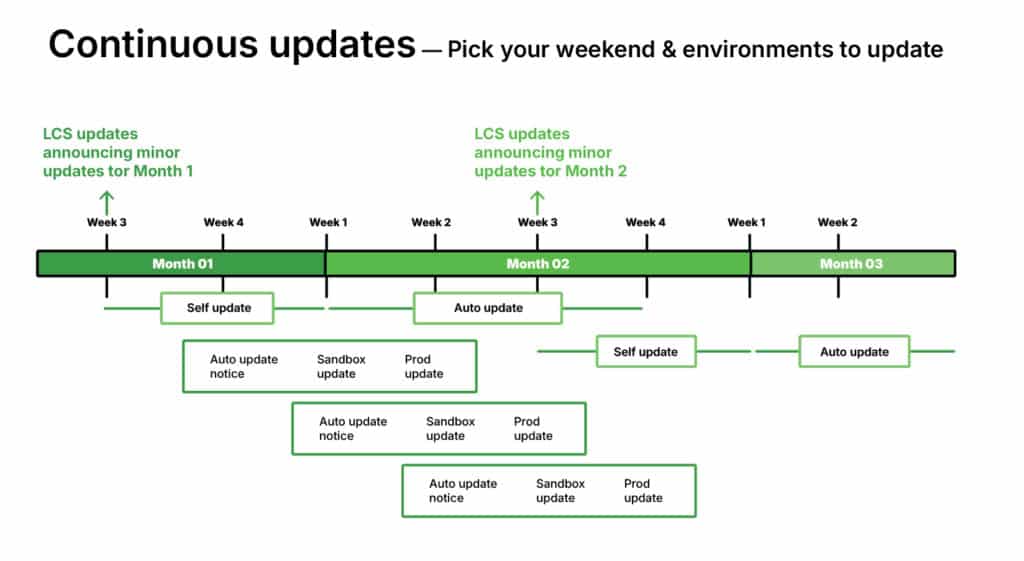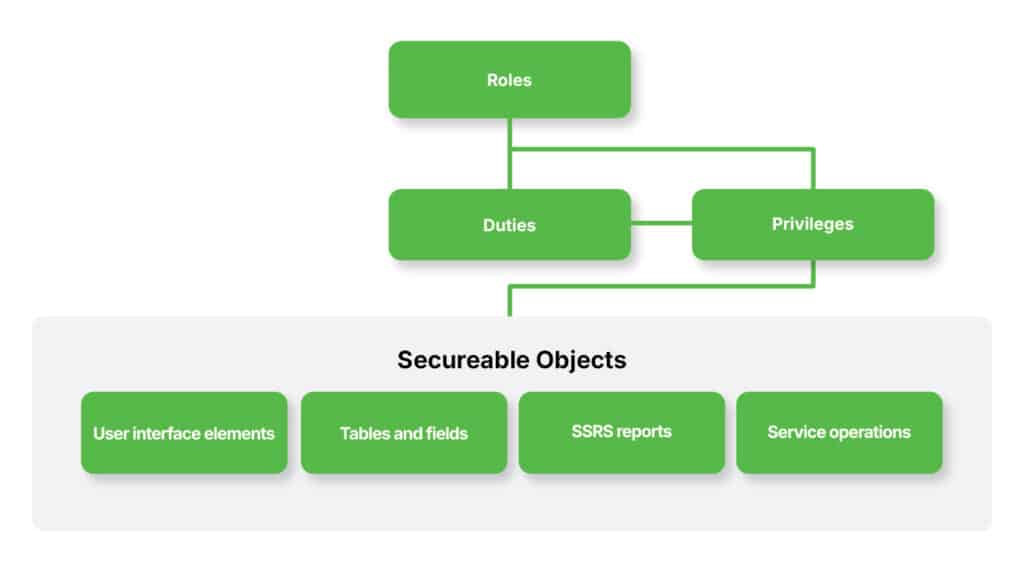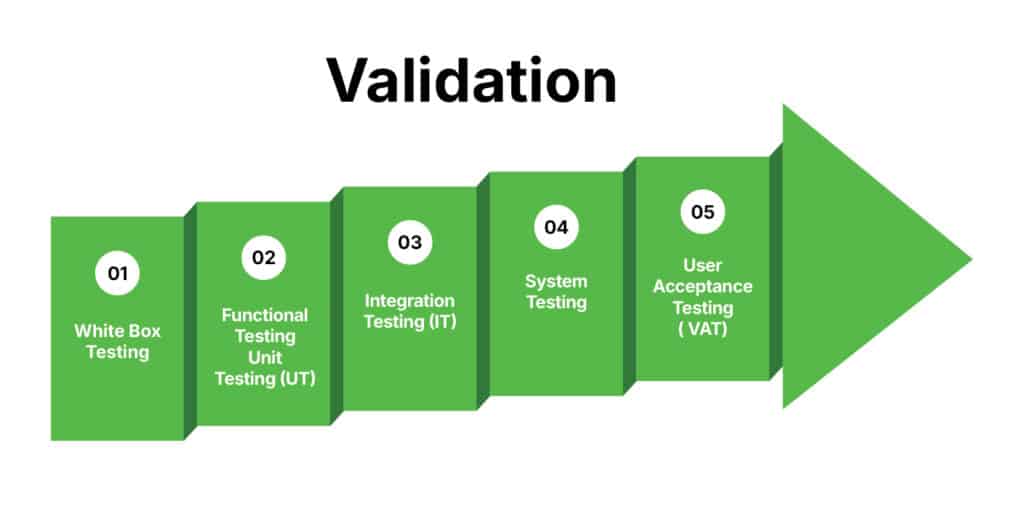Upgrading to the latest version of Microsoft Dynamics 365 Finance and Operations is a vital step for organizations aiming to stay ahead in modernizing their ERP systems and improving operational performance. While these Microsoft Dynamics 365 upgrade efforts bring significant advantages – such as enhanced features, improved efficiency, and better decision-making capabilities – the process can present several technical challenges. If not managed properly, these issues can affect the overall success of the Dynamics 365 latest version upgrade.
Over time, Microsoft has refined its roadmap for the “One Version” initiative, equipping businesses with guidance to navigate these changes effectively. By proactively addressing customization dependencies, testing processes, and aligning with Microsoft’s latest standards, organizations can minimize risks and leverage the full potential of their Dynamics 365 upgrade services.
This blog explores the challenges of Dynamics 365 Finance and Operations cloud upgrade and provides actionable strategies to ensure successful upgrades and long-term operational efficiency.
The role of code and customization compatibility
Code and customization compatibility play a critical role in any form upgrade to Dynamics 365, often requiring significant technical adjustments to ensure a smooth transition. As newer versions introduce updated frameworks and best practices, developers may need to refactor code or implement alternatives for deprecated methods. Customizations that worked in earlier versions can break in the upgraded environment due to changes in the underlying architecture or data models, potentially affecting functionality in modules, integrations, or workflows.
Further readings: Why should you consider upgrading to Dynamics 365 Finance and Operations?
Third-party integrations
Microsoft Dynamics 365 ERP upgrade to a newer version often changes APIs, which can disrupt existing third-party integrations. These API modifications may require developers to reconfigure or even redevelop integration points. Additionally, incompatible add-ons – such as ISV solutions or custom extensions—might not support the upgraded version, prompting businesses to either obtain updates from vendors or replace the solutions entirely. Testing integrations early and collaborating with vendors are critical steps in mitigating issues during a Microsoft Dynamics 365 AX upgrade.
Performance optimization
A common challenge during a Dynamics 365 Finance and Operations cloud upgrade is an initial performance drop, which can result from unoptimized queries, indexing problems, or resource constraints introduced by the new version. Scheduled batch jobs and processes may also fail or require reconfiguration to function efficiently in the upgraded environment. By performing performance benchmarking and optimizing queries in a controlled testing environment, businesses can address these issues before going live with the Dynamics 365 upgrade.
Read more: How to upgrade from Dynamics 365 AX to Dynamics Finance and Operations?
Environment and infrastructure
Upgraded versions of Dynamics 365 Finance and Operations often come with new hardware or software requirements, necessitating updates to the underlying infrastructure. Strategic planning and downtime minimization are essential to ensure a smooth transition during a Microsoft Dynamics 365 AX upgrade.
Licensing and features
With each version upgrade, businesses may encounter feature changes where older functionalities are consolidated or retired, disrupting workflows that rely on legacy features and requiring the redesign of business processes. Additionally, changes to licensing terms can affect subscription models, prompting organizations to reassess their licensing needs and make necessary adjustments. Reviewing feature lists and licensing agreements early in the upgrade process helps mitigate these challenges and ensures alignment with the new version.
Development tools and framework changes

Upgrading to the latest version of Microsoft Dynamics 365 for Finance and Operations often introduces changes in development tools and frameworks, which present challenges for developers. Updates to the development environment, such as new configurations for Visual Studio, changes to SDK versions, or adjustments in build pipelines, require retraining and setup modifications. Additionally, developers must update dependencies – including NuGet packages, third-party libraries, and custom modules—to align with the upgraded platform, adding complexity to the development process. Regularly reviewing Microsoft’s documentation and preparing for tool updates can minimize disruptions.

















